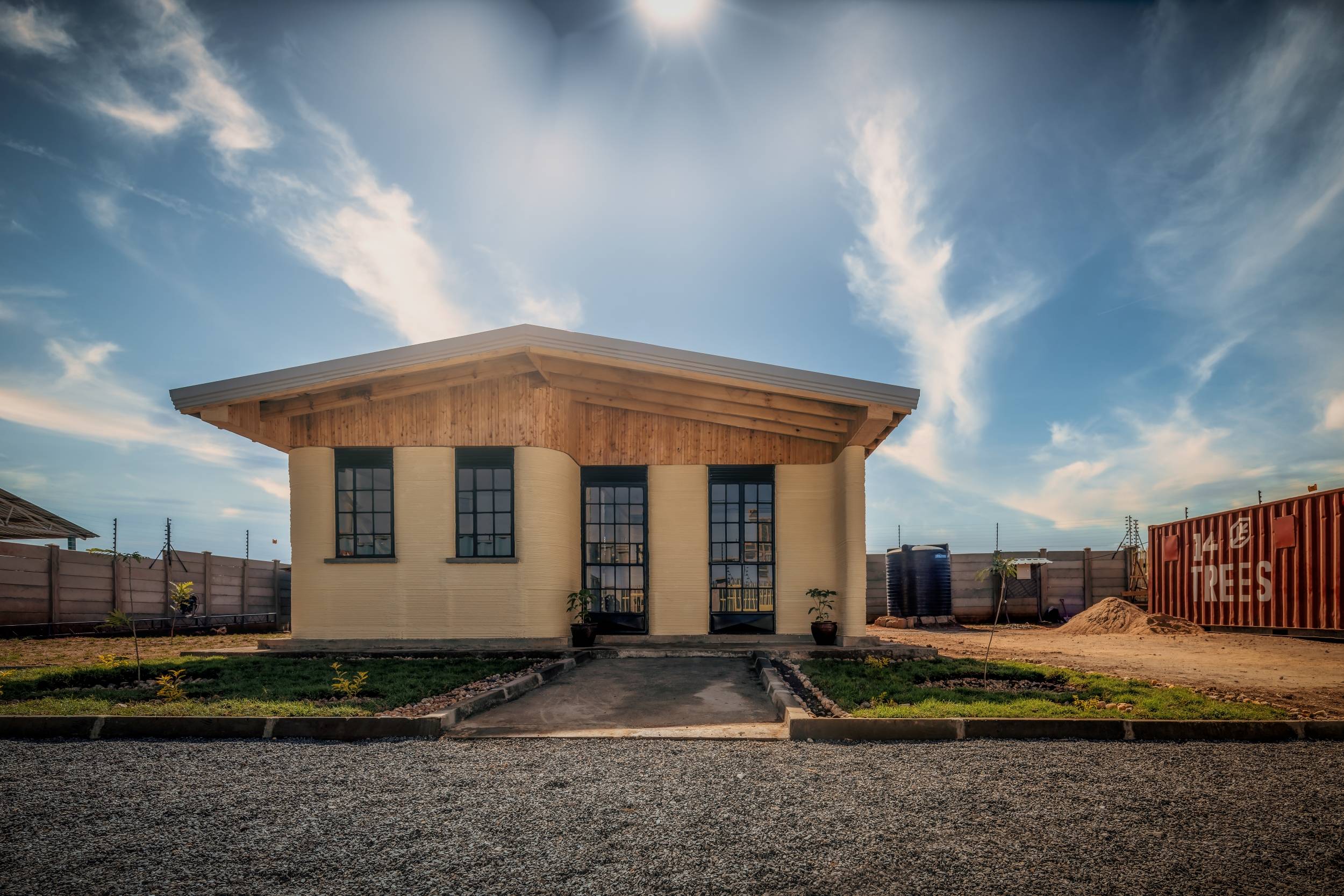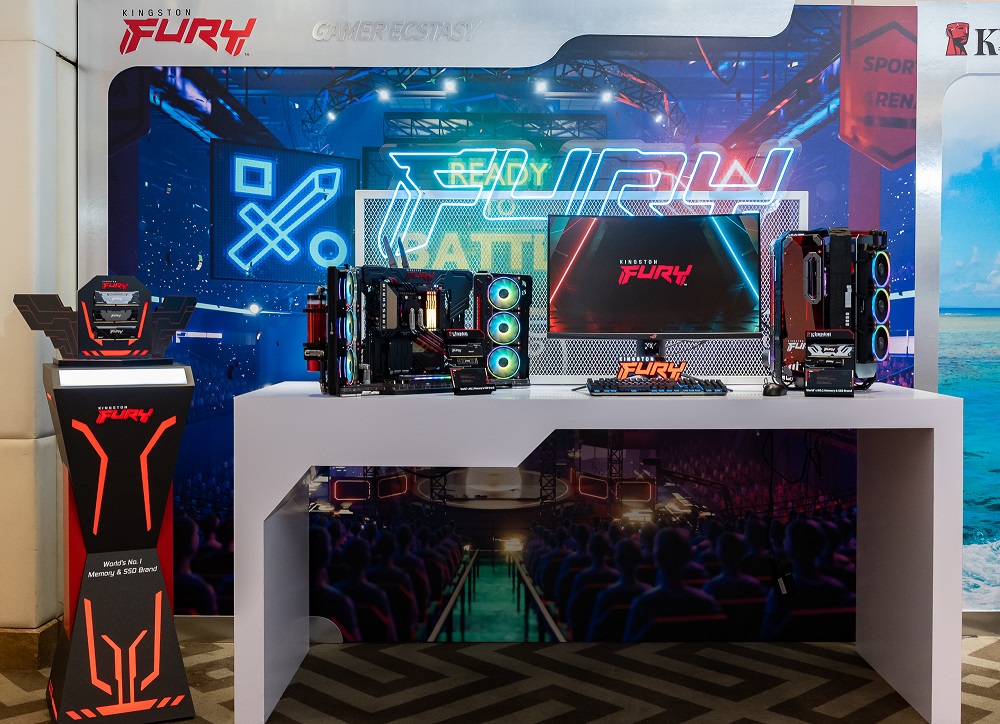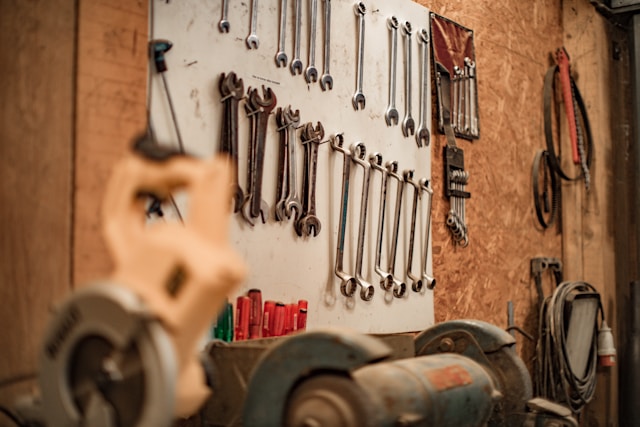Holcim, a Swiss building material and manufacturing expert, has started working on a pilot project in Kenya to build a 3D printed house complex consisting of 52 units.
The project is called ‘Mvule Gardens’, and it is a joint venture of multiple entities, including the ‘CDC Group’ and the ‘MASS Design Group’.
One unit has already been built to serve as a model for demonstration, and the rest will be completed by the summer of 2022. The goal of the complex is to prove that 3D printing is a viable construction method and one that can reduce the costs dramatically compared to traditional home-building approaches.
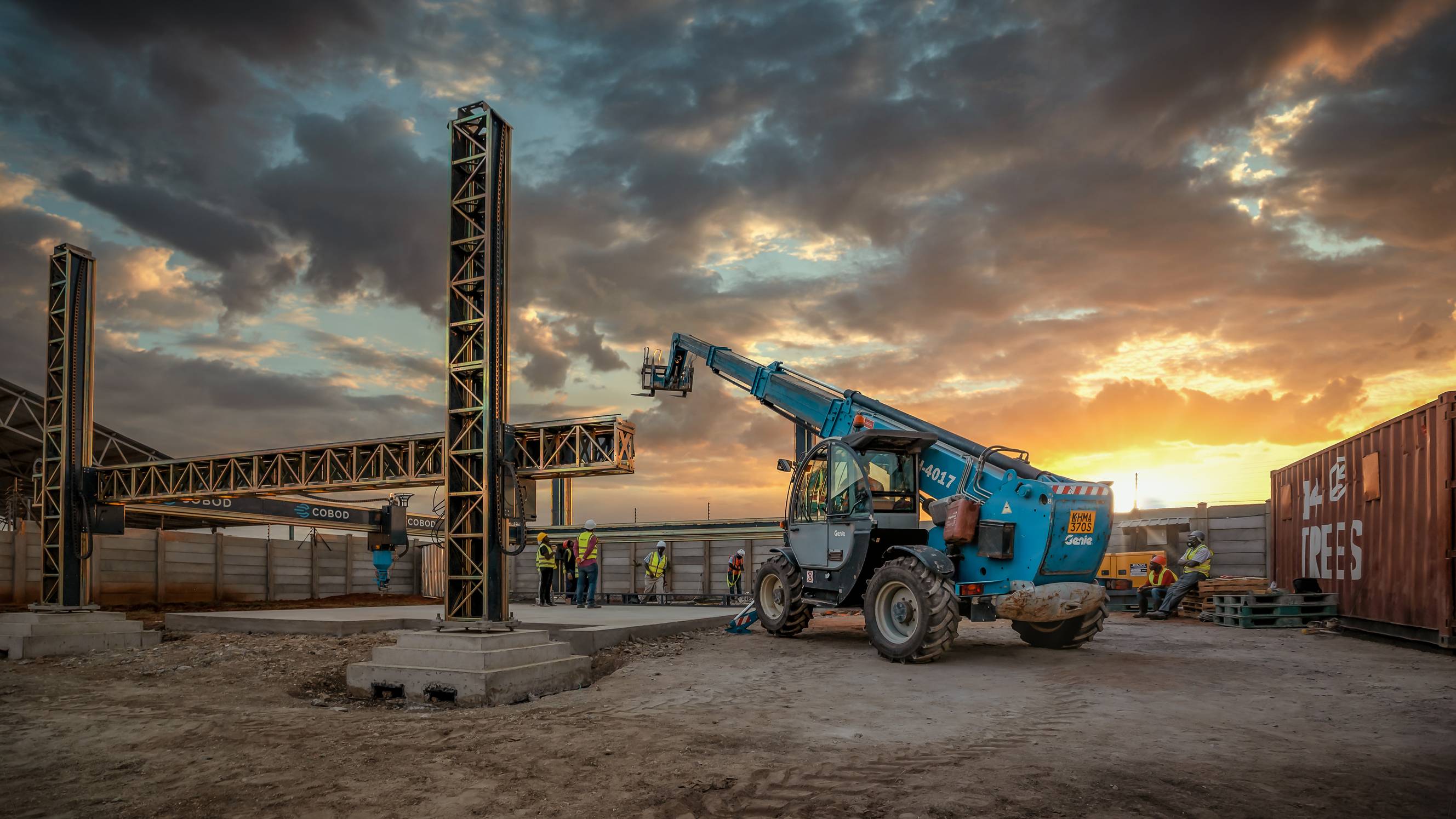
By utilizing a cavity-wall type construction, Holcim could fabricate a 3D printed load-bearing structure, which is a major breakthrough in the field. This eliminates the need for using reinforced concrete or a steel frame. The typical steel roof was replaced by timber to bring the costs down further.
As demonstrated in the finished model, this approach didn’t result in discounts on the residents’ comfort. The roof extends in the front and back to provide enough shade during hot African days.
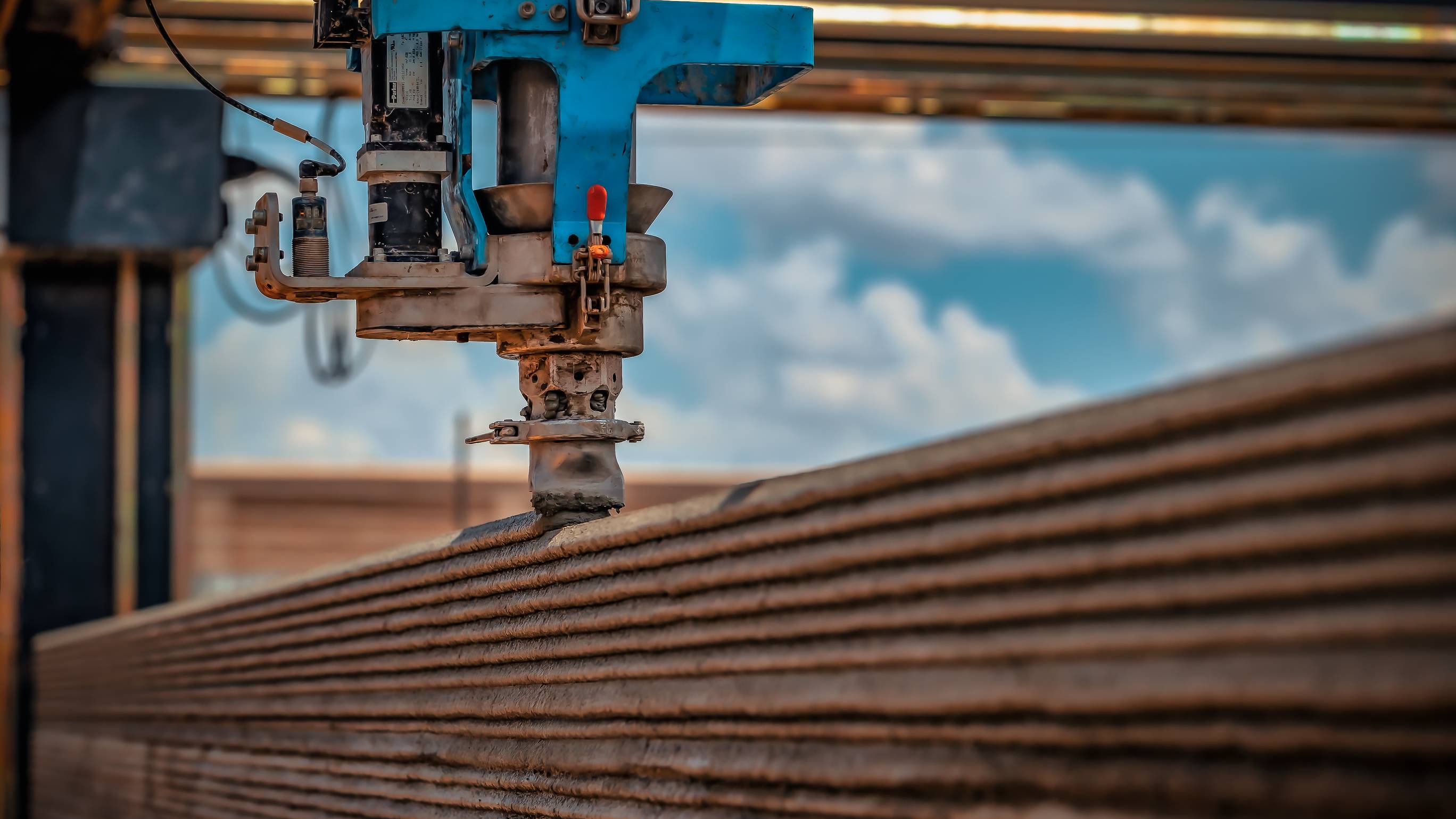
‘Mvule Gardens’ will also include gardens, outdoor spaces, pedestrian walkways, and places where children can play safely. The houses themselves will come in three sizes, a small one for couples, a medium for three residents, and a larger one for a family of five.
Projects like the ‘Mvule Gardens’ can open up the way to finally bridging Africa’s housing and infrastructure gap and to do so in a resource-efficient and environment-friendly manner. In June 2021, Holcim built a school in Malawi, in Central Africa, printing its walls in just 18 hours.
Malawi alone has a shortage of 36,000 classrooms, and building these using conventional methods would take approximately 70 years. It is clear that a revolutionary technology needs to be employed for the construction boom to occur, and Holcim’s 3D printers seem to be precisely that.

